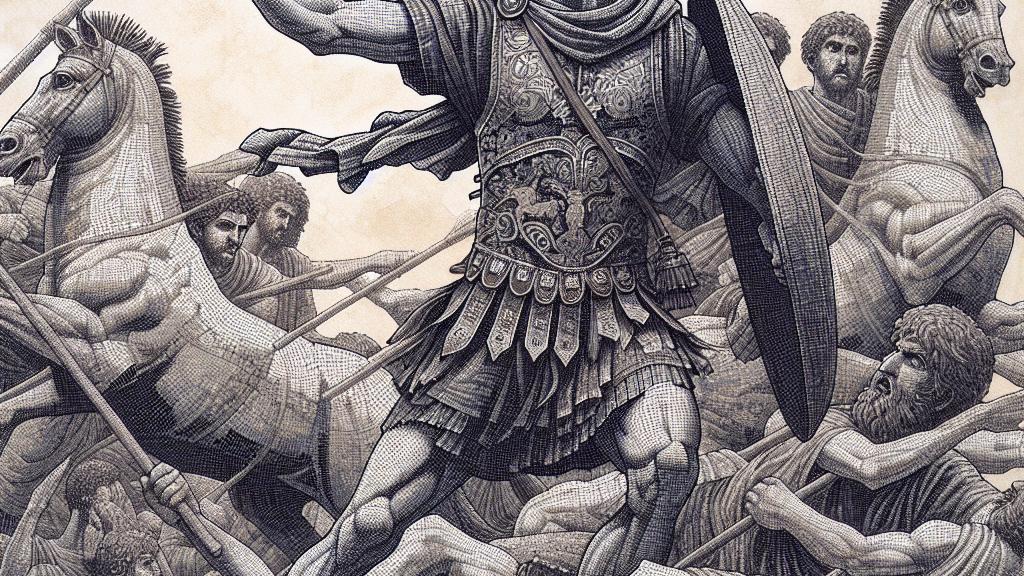Exploring the Restoration of the 2,100-Year-Old Alexander the Great Mosaic
Overview
- An in-depth exploration of the artistry behind the Alexander Mosaic.
- Innovative conservation techniques play a vital role in its preservation.
- The mosaic offers profound insights into ancient power dynamics.

Artistic Mastery in the Alexander Mosaic
The Alexander Mosaic stands as an extraordinary testament to ancient artistry, dating back a staggering 2,100 years. Imagine over 2.1 million tiny tiles creating a vibrant masterpiece that vividly depicts one of history’s most significant battles—the Battle of Issus. Picture this: the ancient craftsmen utilized a meticulous technique known as opus vermiculatum. This method allows for intricate details and dynamic movement, capturing not just a scene but an entire narrative rich in emotion. For instance, Alexander himself is portrayed in a moment of fierce action, spear aimed and determination etched on his face; you can almost feel his adrenaline. In contrast, Darius III appears vulnerable, his chariot rushing backward amidst the chaos. Such vivid contrasts not only illuminate the skills of the artists but also invite viewers to immerse themselves in the historical drama unfolding before their eyes.
Conservation Efforts and Challenges
As stunning as it is, the Alexander Mosaic is not immune to the ravages of time. In fact, every year brings new challenges to its preservation. Thankfully, modern conservation techniques have evolved dramatically. For instance, experts now use groundbreaking methods like multispectral imaging and X-ray fluorescence to analyze the mosaic’s condition without any risk of damage. Imagine high-tech imaging revealing the once-vibrant colors that have faded over centuries, highlighting what the original viewers might have seen. Researchers discovered past restoration attempts indicated by wax coatings and structural repairs from the 19th century. These findings underline a vital message: the artwork is a living history, needing constant care and attention to maintain its integrity for future generations. This dedication enriches our collective understanding of heritage preservation—an ongoing story in itself.
A Historical Reflection of Power
Beyond its visual splendor, the Alexander Mosaic is a powerful narrative of cultural legacy and historical relationships. Created during the Roman period, this artwork glorifies Alexander the Great, one of the most admired military leaders in history, while simultaneously portraying his competitor, Darius III, in a moment of defeat. Imagine this grand scene as a centerpiece in a Roman villa—what a statement it must have made! It prompts viewers to explore how history is often shaped by the victors. The mosaic serves not only as a reflection of Roman values and aspirations but as a conversation starter about the stories often left untold. It challenges us to think critically about the complexities of success, power, and the multifaceted nature of legacy. Ultimately, it reminds us that every artwork encapsulates a deeper story, illuminating the rich tapestry of human experience through the lens of history.

Loading...